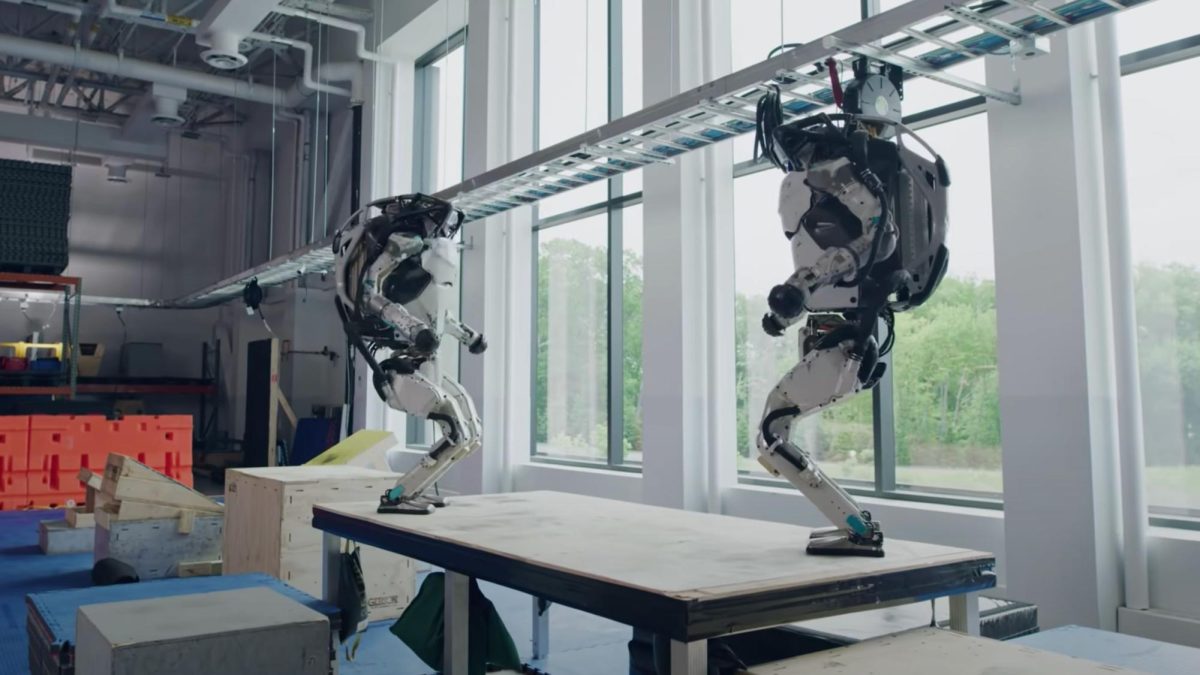Atlas is changing the world of robotics with its advanced agility and human-like mobility. These advances in robotics could change the world.
About Atlas
Atlas was developed by a company called Boston Dynamics, based in Waltham Massachusetts. The robot was officially shown to the public in June of 2013 where it made an appearance in the DARPA Robotics Challenge. It shocked the world with its agility and human-like reflexes and mobility. The original Atlas is around 6 foot 2 and 330-lb. It can lift and carry items such as boxes and crates, run, and even backflip. Here’s what’s changed and how it works.
The Update
The internet famous robot was updated in 2016 with some major changes. The new model was lighter partly due to the use of 3D printing for structural parts. This gave the new robot a better strength to weight ratio making it more efficient.
The older model was known for having amazing abilities like flipping and jumping, but ironically, it couldn’t pick itself up after a fall. The new model gave Atlas this ability and made it function more like the human body it was based after.
The new robot weighs around 176 pounds (80 kg), and is only 4 foot 11. This is a huge difference from the original model and has allowed Atlas to do some incredible things.
Mobility/ Athletic Intelligence
Atlas weighs approximately 176 pounds (80 kilograms), and all of that is supported and moved by hydraulic actuators. These are essentially cylindrical cartridges filled with pressurized liquid that give the robot explosive strength needed to propel itself whether its running, jumping or flipping. They do this through pistols with a lot of force. Atlas is filled with 28 of these actuators and the fluid lines connected to them. These systems were created by Boston Dynamics themselves and are one of the many ways this tech is revolutionizing.
The robot makes a map of its surroundings using the many depth sensors. This allows it to travel without bumping into things and is essentially its version of eyes. It also is able to use models of its dynamics to predict how its actions will evolve, and adjust itself.
Why?
Atlas was created with the intention of assisting emergency services in search and rescue. According to DARPA the robot shows just how advanced robotic hardware and software can be, and that it can be used to help with natural and man-made disasters.

